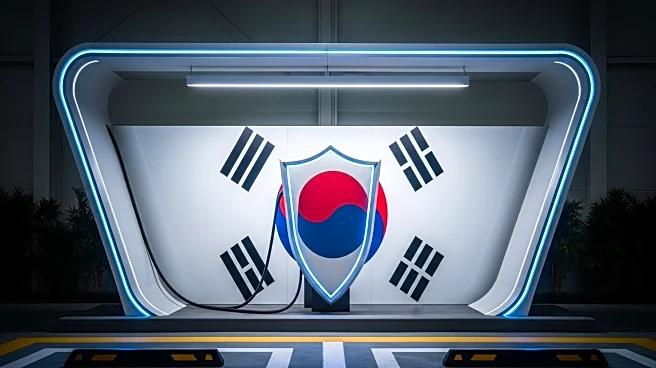What's Happening?
Grocery Outlet, a growing supermarket chain, is expanding its presence in the U.S. with a unique business model that combines elements of discount retailing. Unlike traditional supermarkets, Grocery Outlet stores are smaller and focus on low prices by selling products that are discontinued or surplus from manufacturers. This approach allows the chain to offer significant savings, with prices typically 40% to 70% lower than traditional retailers. Grocery Outlet plans to add 42 new stores in 2025, expanding its footprint beyond its Western U.S. origins into Eastern states like Delaware, Maryland, and Pennsylvania.
Why It's Important?
Grocery Outlet's expansion reflects a shift in consumer preferences towards discount and value-oriented shopping experiences. As inflation and economic uncertainty continue to affect household budgets, consumers are increasingly seeking ways to save on groceries. The chain's model of selling surplus and discontinued products not only provides cost savings but also reduces waste, aligning with sustainability trends. This expansion could disrupt traditional grocery markets, prompting competitors to adapt their strategies to retain customers. Additionally, Grocery Outlet's growth may stimulate local economies by creating jobs and increasing retail competition.
What's Next?
As Grocery Outlet continues to expand, it may face challenges in maintaining its unique inventory sourcing model while scaling operations. The chain's success could inspire other retailers to adopt similar strategies, increasing competition in the discount grocery sector. Consumers can expect more diverse product offerings and potentially lower prices as Grocery Outlet and its competitors vie for market share. The chain's growth may also lead to increased scrutiny of its sourcing practices and impact on local suppliers.











